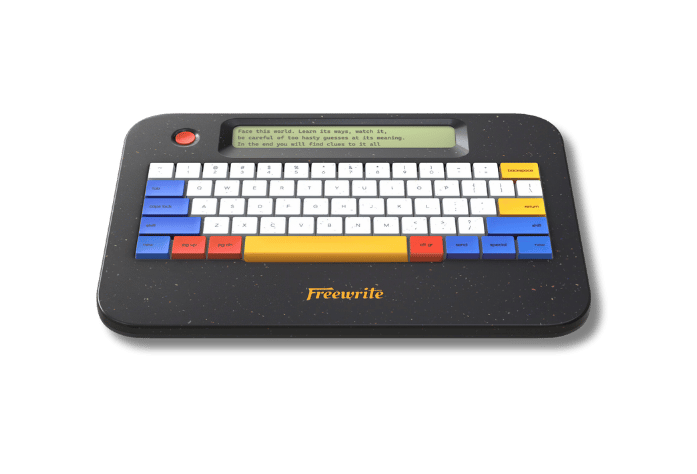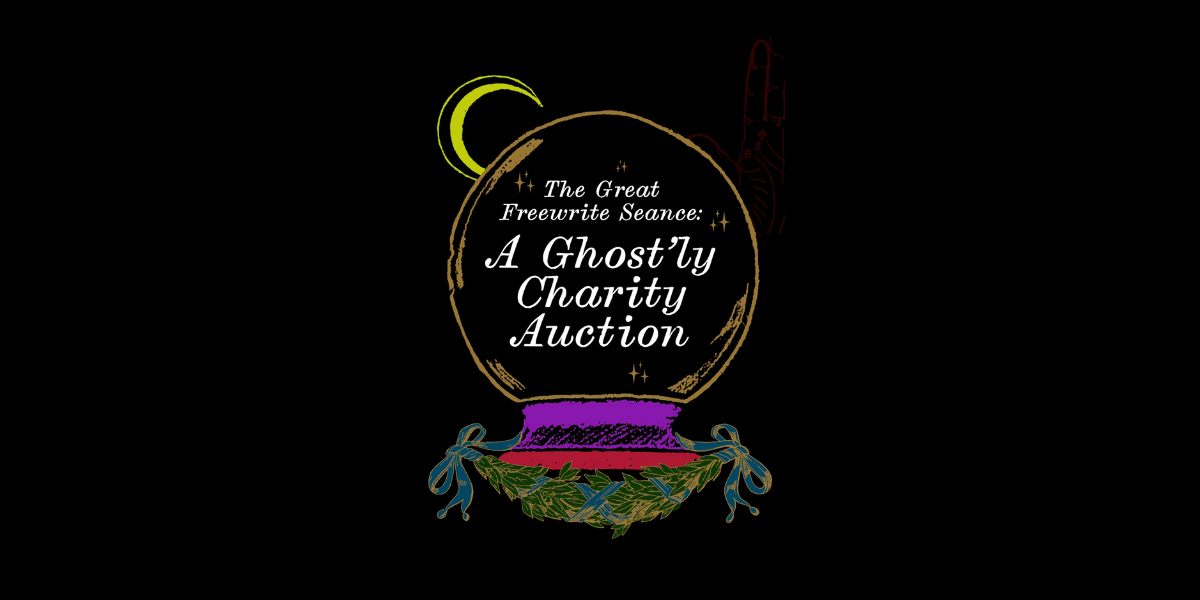
Picture it: You've just signed a contract to write three books in a year and a half while also promoting your backlist and launching a standalone title. That's what happened to Jennifer Bardsley, whose sweet romance and women's fiction books have sold over 115,000 copies worldwide.
"I was incredibly excited to sign with Bookouture, an imprint of Hachette," she said, "but I was also nervous. I had a book releasing from Montlake in spring of 2023, plus a weekly newspaper column to write. How would I get everything done?"
Enter the Freewrite Smart Typewriter, which Jennifer frequently shares pictures of on her Instagram and Facebook accounts. "I'd experimented with distraction-free writing devices before," she told us. "But my first Alphasmart Neo fried in the car, and my second had uploading problems. Old, outdated technology made me nervous, especially when my reputation to meet deadlines was on the line."
Reliability problems disappeared once Jennifer discovered Freewrite. She used a Freewrite Smart Typewriter to write all three of her Sand Dollar Cove books, which launch on February 15, 2024, from Bookouture, sweeping readers away on an unforgettable trip to the beach full of romance, mystery, and humor.
"On my computer, I can draft 500 words per hour," said Jennifer. "But with Freewrite I double that output. Sometimes I even hit 1,500 words per hour." She loves the technology so much that she's added an Alpha to her collection as well.
"Postcards from the Cove, Photographs from the Cove, and Notes from the Cove are my ninth, tenth, an eleventh traditionally published books," Jennifer said. "I've been an author for a while. But I think new writers could benefit for distraction-free writing devices too. One of the hardest parts of writing is putting words on paper, and Freewrite helps you do that."
You can find out more about Jennifer Bardsley — and receive a free short story from her Sand Dollar Cove series — by signing up for her newsletter.































